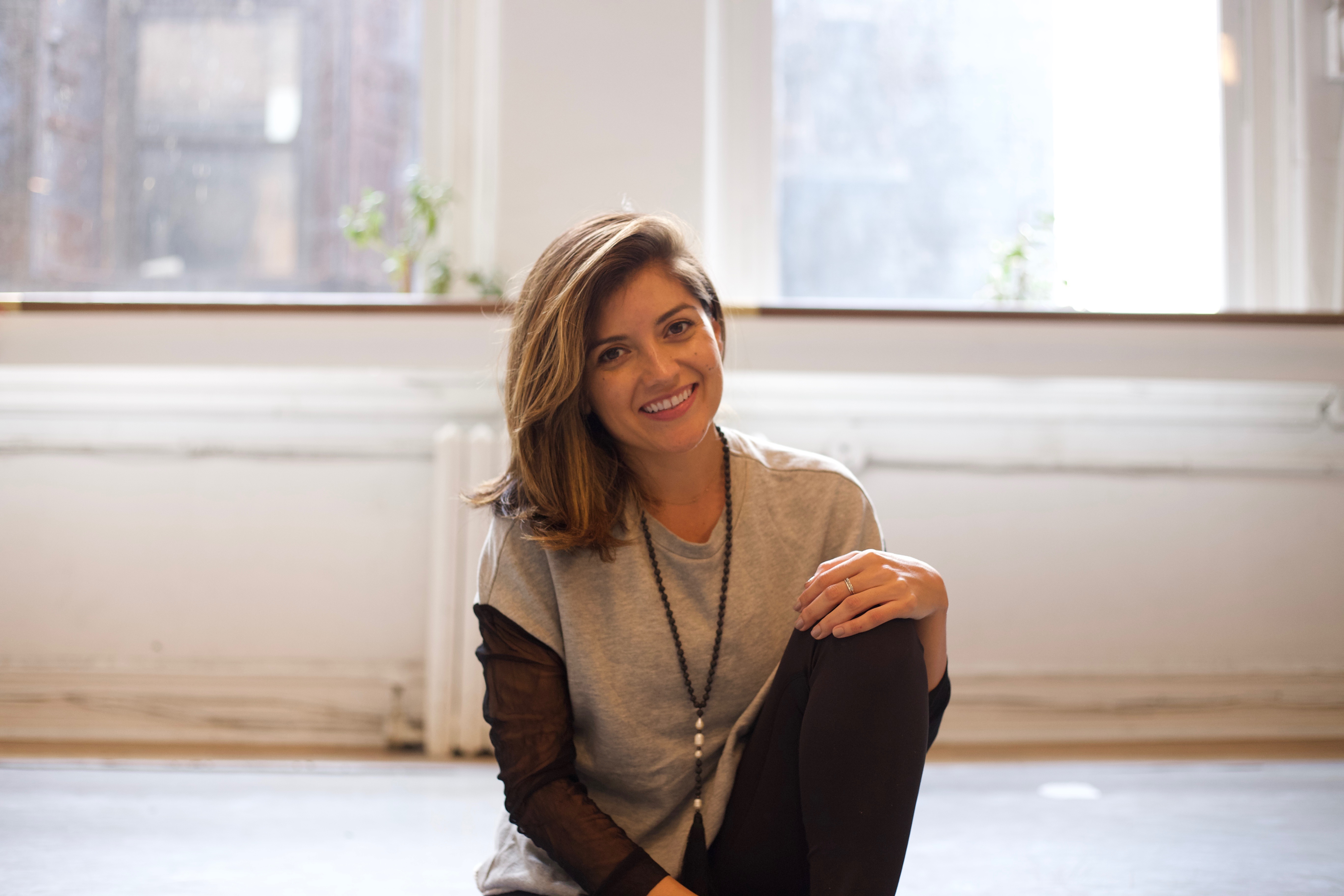5 Things I Won’t Teach In A Yoga Class For Athletes
- Steph Armijo

- May 5, 2019
- 4 min read
Yoga can be a lot of different things. There are hundreds of yoga poses with even more variations on the postures. There are many yoga schools/styles/traditions, which is why there are so many different areas of emphasis in yoga. A yoga for athletes class is completely different than a kundalini yoga class, a traditional ashtanga class, or a bikram yoga session.
I’ve had baseball players come in to class and boast that they attend hot vinyasa classes during the offseason. I believe yoga has benefits. I also believe there is a specific type of yoga that can benefit baseball players more than others. In my ten years of teaching athletes and group classes, I’ve found specific poses that work, and others that I have taken out of my arsenal completely.
Here are a few things I will NOT teach in a yoga for athletes session:
Hanging out in downward facing dog. Have you ever had a yoga instructor cue that you will be in down dog for five or maybe even ten deep breaths? Baseball players do not need the loading of the shoulders in a weight bearing pose such as downward facing dog. I use down dog as a functional hamstrings, calves, and spine stretch. Downward facing dog is commonly used a transition to get to the top of the mat. Most athletes have tight hip flexors, and thus, not enough hip flexion to make the step to the top of the mat in one breath/step. I will not keep players in down dog just to take up time. Every posture has a purpose.
Sun salutations over and over again. Sun salutations were a short set of poses originally designed to create body heat to prepare for other postures. There are specific types of yoga that use this yoga sequencing every time they step on a mat. In my opinion, there are more important poses to do, with specific mobility points that can be reached with the warm up. I vary my yoga for athletes sessions to keep players present and grounded. There is a mental benefit to switching up the routine as well as mobility/flexibility gains with introducing new postures.
Sequencing that hurts. Sequencing, or the order of poses, are an integral part of class. Poses are linked together in a way that systematically stretches the body. Since most types of yoga allow the teacher to choose the order of the poses, it is vital that the yoga instrutor understands the position-specific needs of the athlete. There is no benefit to yoga if you can’t move with breath. The transitions are as important as the yoga poses themselves. Students need to be able to move safely to the next posture. I ALWAYS test out my yoga sequences before I teach them. For athletes, I often teach transitions from the top of the mat. Transitioning from down dog to the top of the mat is not always accessible. By transitioning from the top of the mat (i.e. stepping back with one foot to come into a high lunge) there are healthier movement patterns for the hips.
Crazy poses just because. Instagram has given us the wrong idea of what a yoga class looks like. I admit, early on in my IG days, I would position myself in the hardest pose I could do with the most beautiful background I could find. But, I would never even attempt to teach these poses in an athletes session. In our yoga for athletes sessions, strength and flexibility are balanced to create a well-rounded practice. Some of the yoga poses that look amazing on social media are due to a lack of strength and rather, hypermobility. Not every pose needs to be taken to the deepest variation to be effective. For example, a great hamstring stretch for athletes is called ardha hanumanasana (half splits). The full version of this pose is hanumanasana (full splits). Full splits requires hip flexor opening and can put pressure on the low back. Half splits can be done with yoga blocks and stretch into the hamstrings, back, and QL. It’s a much safer and effective stretch for athletes.
Skimping on the cool down/savasana. One of the greatest benefits of a yoga practice is the down regulation of the nervous system. It’s why we feel so rested and restored after a yoga session. The last 15-20 minutes of yoga class typically involves static stretches, often done with the eyes closed. The purpose is to slow the breathing rate, which can lower blood pressure, and regulate the nervous system. The last five minutes (or more) of class is reserved for savasana (the final resting pose which requires no movement). Savasana is the closest some players will get to a daily meditation practice. It’s quiet time to let the body relax and baseball players need to rest purposefully to perform their best at game time. For athletes, legs-up-the-wall or placing blocks/blanket under the knees are a restorative accessible option for savasana.





Comments